If you’ve ever wondered what kinds of magnets are out there and how they’re used in everyday life — you’re in the right place. From the tiny fridge magnets that hold your kid’s artwork to the powerful magnets in industrial machines, understanding examples of magnets opens up a whole world of science and innovation.
Whether you’re a student, engineer, or just curious, knowing the types of magnets and their practical applications can make a big difference. Plus, if you’re searching for reliable, high-performance magnetic materials, discovering how experts like NBAEM craft and supply these magnets can give you an edge.
In this post, we’ll break down the most common magnet examples, explain their unique features, and guide you through their roles across industries — all in a straightforward, no-fluff style. Let’s get started!
What is a Magnet
A magnet is an object that produces a magnetic field, which attracts certain metals like iron, nickel, and cobalt. This magnetic field is an invisible force that can pull or push other magnetic materials without touching them. At its core, magnetism arises from the movement of electric charges, especially the alignment of electrons within atoms.
Magnetic properties are all about how materials respond to magnetic fields. Some materials, like iron, are naturally magnetic and can be permanently magnetized. Others, like copper or plastic, don’t react to magnets at all. The three main magnetic properties to know are:
- Attraction and repulsion: Magnets can pull on or push away other magnets or magnetic materials.
- Magnetic poles: Every magnet has a north and south pole, where the magnetic force is strongest.
- Magnetic field: The space around a magnet where its force can be felt.
Understanding these basics helps explain why magnets are so useful across many industries and everyday life.
Types of Magnets and Their Examples
Permanent Magnets
Permanent magnets keep their magnetic power without needing electricity. They’re made from materials like neodymium, ferrite, and alnico. Neodymium magnets (also called NdFeB) are super strong and often used in electronics and tools. Ferrite magnets, known as ceramic magnets, are more affordable and common in household items like fridge magnets. Alnico, made from aluminum, nickel, and cobalt, is known for use in microphones and some sensors because it holds magnetism well and tolerates heat.
Electromagnets
Electromagnets work by running an electric current through wire coils wrapped around a metal core, creating a magnetic field only when powered. This means they can be switched on and off as needed. You’ll find electromagnets in electric bells, scrap yard cranes that pick up heavy metal, and MRI machines used in hospitals for imaging.
Temporary or Soft Magnets
Temporary magnets, or soft magnets, only hold magnetism while exposed to a magnetic field. They lose their magnetism quickly when the field is removed. These magnets are usually made from soft iron or similar materials. You’ll see these in things like transformers, relays, and other electrical devices where magnetic fields need to be controlled and changed often.
Real-World Applications of Different Magnet Types
Magnets play a big role in our daily lives, from simple household items to advanced industrial machines. Here’s how different magnet types are used in the real world:
Household Uses
- Fridge magnets are the classic permanent magnets keeping notes or photos on your refrigerator door.
- Magnetic clasps on jewelry, bags, and cabinet doors rely on magnets to stay securely closed.
- Speakers use magnets, usually permanent types, to create sound by interacting with electrical currents.
Industrial Uses
- Motors and generators depend heavily on strong permanent and electromagnets to produce motion and electricity.
- Sensors in manufacturing use magnets to detect position, speed, or proximity, ensuring machines run smoothly and safely.
Medical Applications
- MRI machines use powerful electromagnets to create detailed images inside the body without surgery.
- Magnetic therapy devices apply magnets for pain relief and health benefits, though their effectiveness varies.
Electronics Uses
- Hard drives in computers store data using tiny magnetic fields on disks, mainly with permanent magnets.
- Transformers and inductors use soft magnets as cores to efficiently transfer and control electrical energy in everything from chargers to power grids.
By understanding these common applications, you can see how each magnet type fits a specific need based on strength, duration, and environment. This helps businesses and consumers pick the right magnet for the right job.
How Magnetic Material Types Affect Magnet Performance
Not all magnets are created equal. The type of magnetic material used directly affects how strong a magnet is, how long it lasts, and how well it handles tough conditions.
Comparing Magnetic Strength and Longevity
- Neodymium magnets are among the strongest available. They pack a powerful magnetic punch and hold their magnetism longer than most.
- Ferrite magnets might not be as strong as neodymium, but they’re more resistant to heat and corrosion, making them durable in harsh environments.
- Alnico magnets offer good stability and can operate at higher temperatures but have lower magnetic strength compared to neodymium.
Why Material Choice Matters
Picking the right magnetic material comes down to balancing:
- Durability — How well will it stand up to wear and tear?
- Temperature resistance — Will it lose strength in heat-heavy environments?
- Cost — High-performance magnets like neodymium cost more but deliver superior power.
NBAEM’s Focus on High-Performance Magnets
NBAEM, a trusted supplier of magnetic materials from China, specializes in top-quality magnets like neodymium and ferrite. Their products deliver reliable strength and durability suited for a range of US-based industrial and commercial needs. Whether you need powerful rare-earth magnets or cost-effective ceramic ones, NBAEM makes sure material quality aligns with performance demands.
Choosing the Right Magnet What Should Businesses Consider
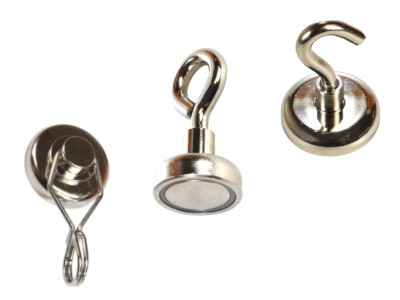
Picking the right magnet for your business comes down to a few key factors. First, strength matters a lot—depending on whether you need a gentle hold like a fridge magnet or a powerful grip for industrial lifting. Then, consider size and shape to fit your specific application. The environment where the magnet will be used is also crucial—some magnets handle heat, moisture, or chemicals better than others. Finally, cost plays a big role in finding a balance between performance and budget.
At NBAEM, they offer a range of customization options to fit what your project needs. Whether you require magnets with unique sizes, shapes, or magnetic strength, NBAEM works closely with clients to deliver tailored solutions.
For example, industrial clients often order custom magnets designed for specific machinery parts, sensors, or lifting tools. These magnets are crafted using materials like neodymium or ferrite to meet both performance and durability goals, ensuring they perform well in tough U.S. manufacturing environments.
Choosing a supplier like NBAEM helps you get magnets that not only fit your technical needs but also offer cost-effective solutions for American businesses.
Trends and Innovations in Magnet Technology
Magnet technology is moving fast, especially with rare-earth magnets like neodymium. These magnets are becoming stronger, smaller, and more efficient, making them ideal for high-performance uses in electronics, electric vehicles, and renewable energy. This means better motors, quieter appliances, and longer-lasting devices.
Sustainability is also a big focus. Companies are working on sourcing magnetic materials more responsibly to reduce environmental impact. Recycling magnets and finding alternatives to scarce elements like neodymium and dysprosium help keep supply steady and prices reasonable for U.S. businesses.
Looking ahead, we can expect magnets to play a bigger role in new tech. From advanced medical devices like improved MRI machines to smarter sensors in industrial automation, the possibilities are growing. Innovations in magnet design and materials promise more energy-efficient and durable products for everyday use and industry alike.

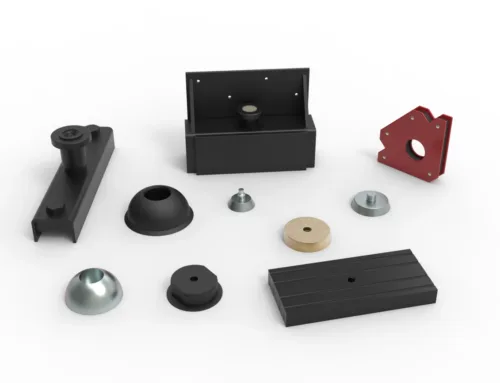
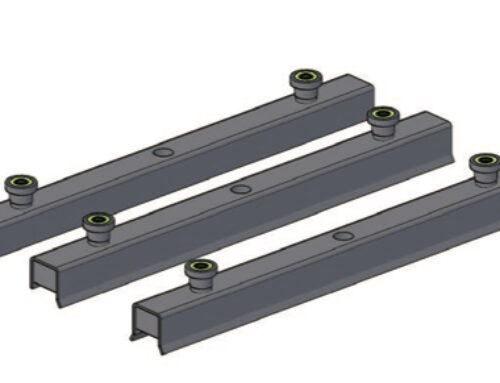
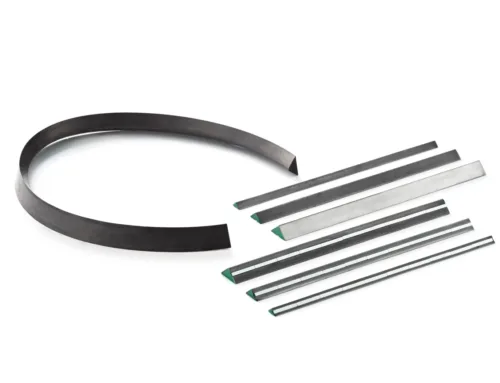
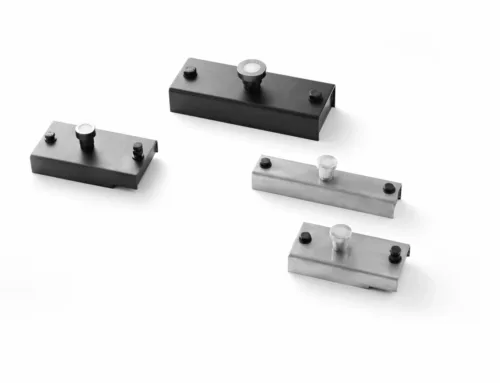
Leave A Comment